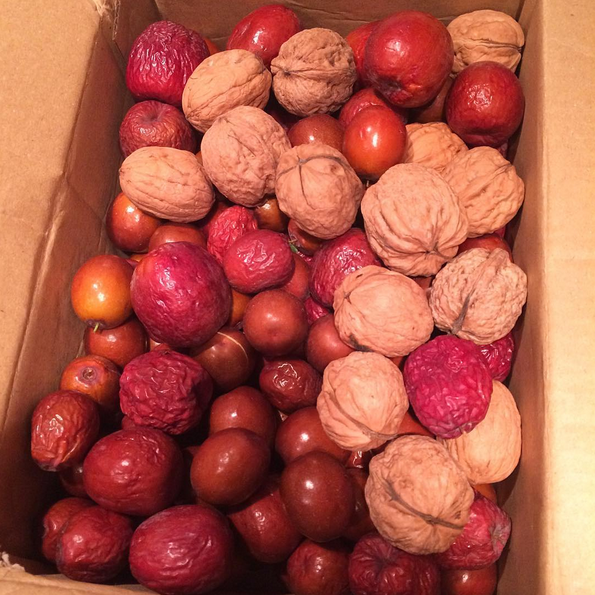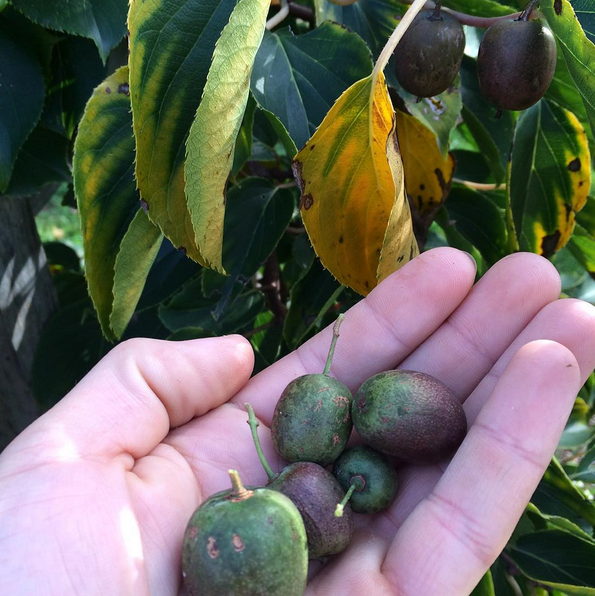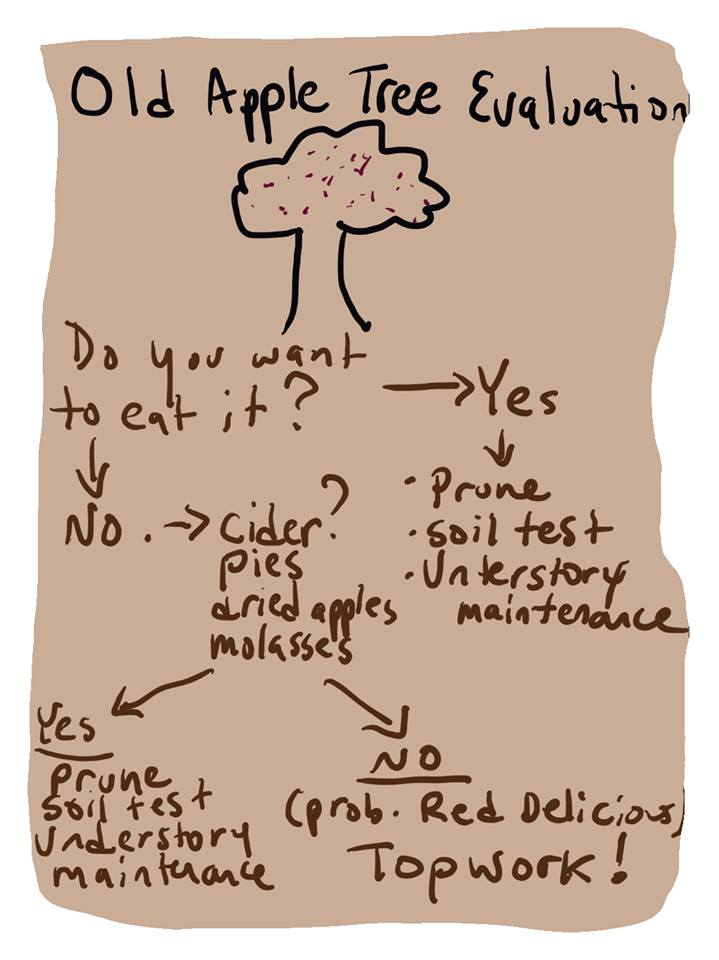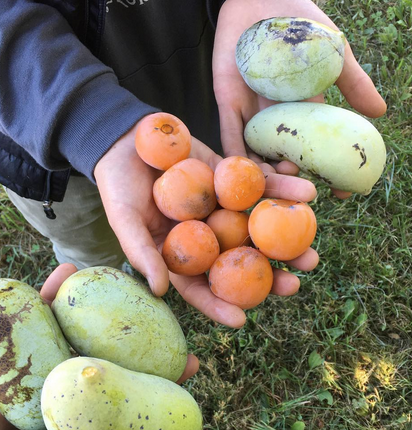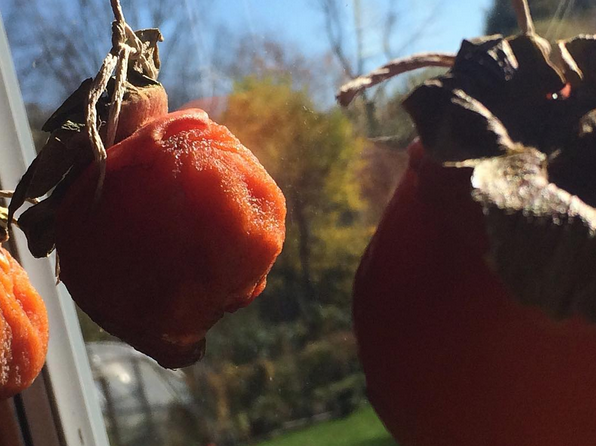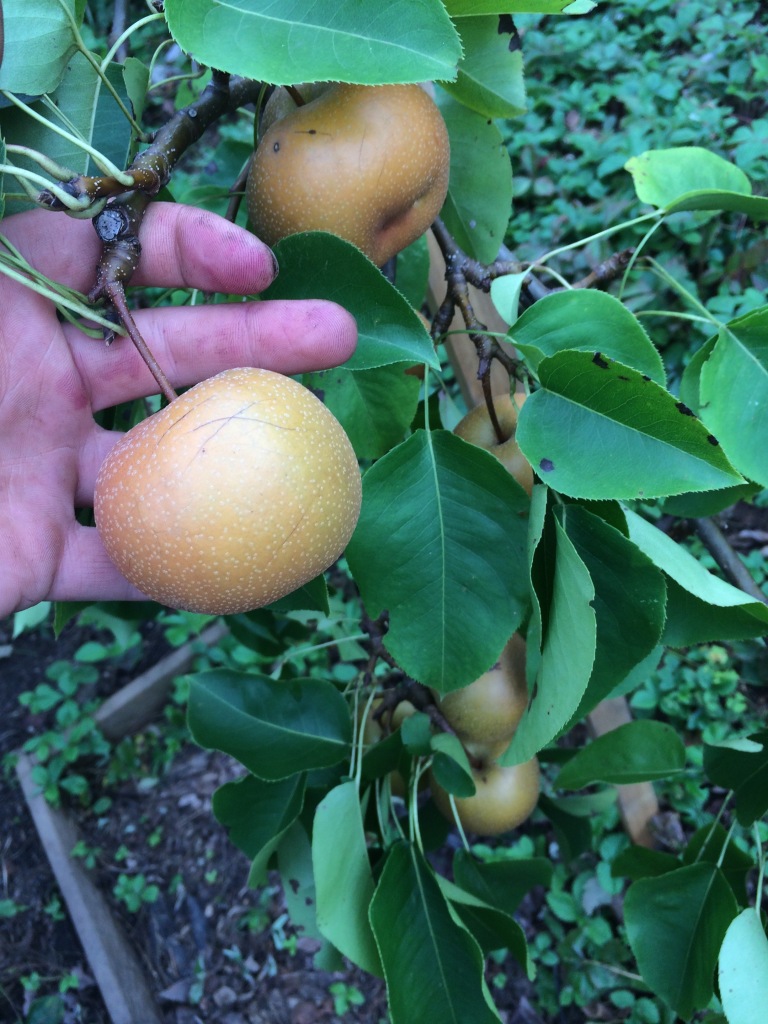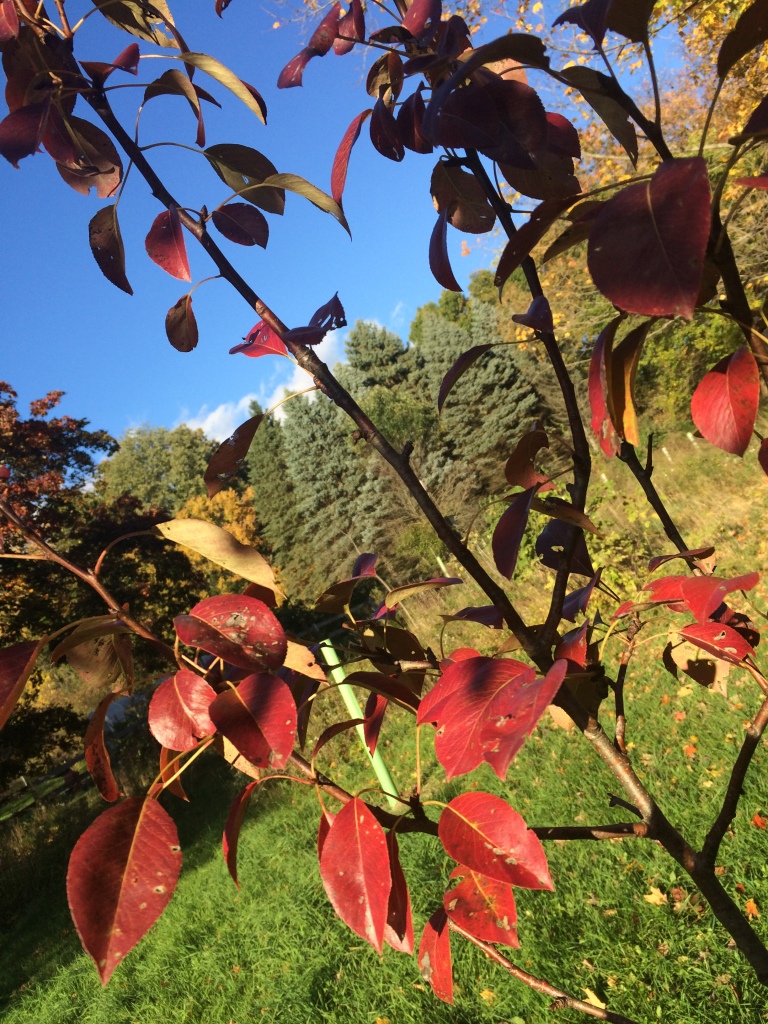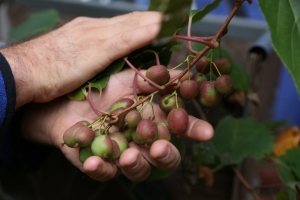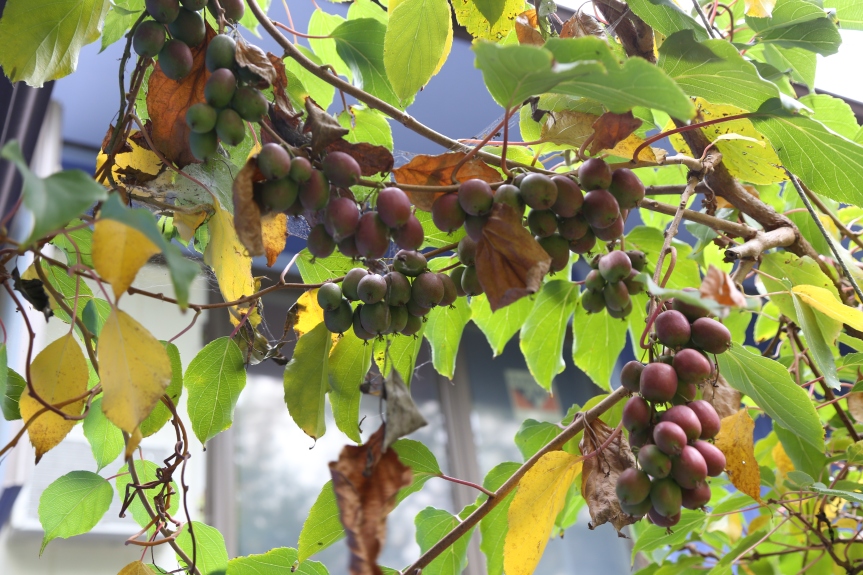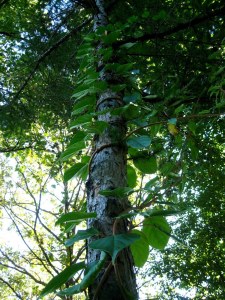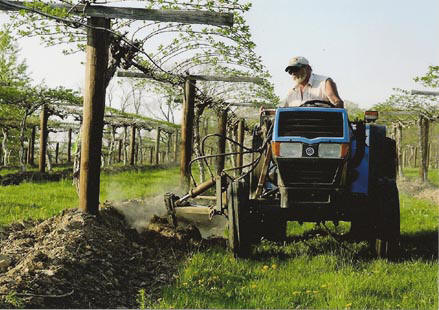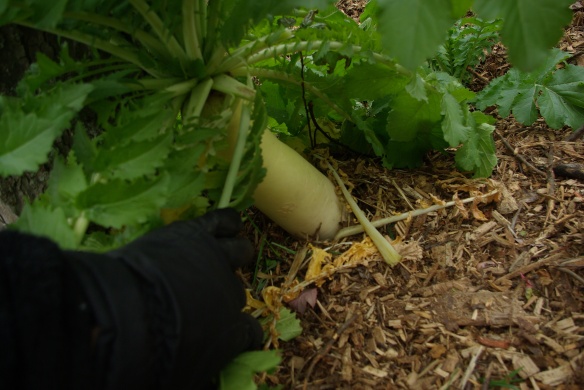Its been a while since I’ve wrote on here or updated the site at all for that matter— largely because I haven’t found the time with my current day to day workload, and time spent on the computer is usually dedicated to landscape/farm design, administrative work, etc. However, I’m making a goal to begin again with periodic updates and postings. There are countless topics, ideas, concepts, photographs, and bits of content I’ve wanted to share for a long time that haven’t gotten out, so hopefully by setting this goal I will be motivated to share some of that material through the website. As life goes in spurts, and as we pass through the various phases of personality, desires, likes and dislikes—certain activities stick with us while others become less valuable or less useful, perhaps permanently or temporarily; as I develop my businesses and continue on my path I find that blog writing, to be quite frank, is not my favorite thing to do, nor a close runner up. What I DO enjoy is sharing what I observe, questions I have, ideas, so on and so forth. When I get emails or phone calls about how a certain video or podcast or article was beneficial to somebody, that is very satisfying and a big reason why I enjoy this work. When I began The Fruit Nut a major impetus was to fill what I saw as a ‘content void’ in the realms of uncommon fruits, genetic diversity, and ecological orcharding. Fortunately these topics are becoming increasingly popular and accessible it seems. My 1 Post a Month Goal will be a way for me to re-engage with the online world and share what I find interesting and of value to those topics.
In terms of the website, one of the questions I’ve been pondering is— given I have a decent understanding of my own blog writing strengths and weaknesses, how can I best structure posts, website management, and my overall time spent putting content out, so that it will best work with my strengths and weaknesses to create a positive workflow. I don’t necessarily have the answers to that but I intend to explore that question in the coming months. The goal is to avoid getting burnt out and continue to enjoy and actively use this tool I’ve created. All that being said, one pattern I’m attracted to is short, quick posts; that may mean a handful of photos with brief descriptions of each one or a few paragraphs telling a story about a certain fruit I recently found. Stuff of that nature— fast, easy, streamlined posting that will actually keep me posting! I digress. Below are some photos and a video of recent happenings…
My buddy Grant Schultz of Versaland is always up to some pretty cool stuff, recently he posted a video of a large American persimmon tree he found growing in Iowa. Good fruit set indeed, he even shares the cross roads. Scionwood anyone? Check my American Persimmons for Zone 5 to learn more about these heavenly sugar gems.
